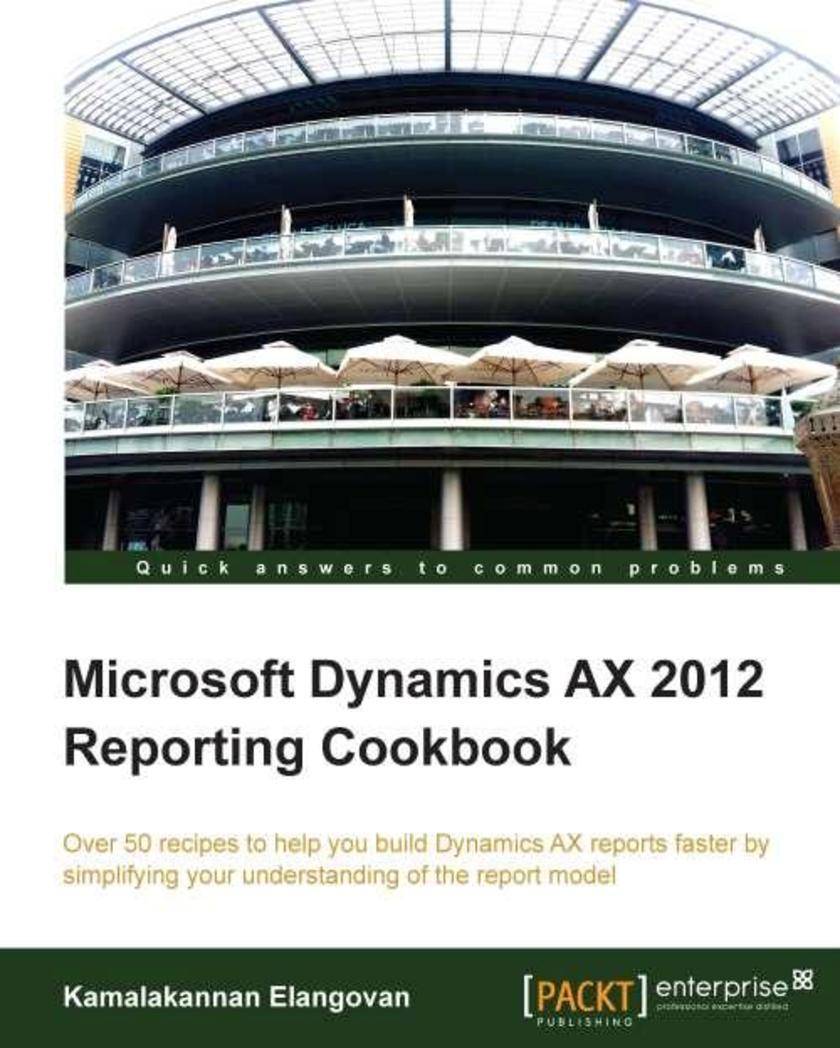
Microsoft Dynamics AX 2012 Reporting Cookbook
¥90.46
Microsoft Dynamics AX 2012 Reporting Cookbook is full of practical recipes for creating and managing reports as well as identifying the most appropriate reporting tool for any reporting challenge. In addition, you will learn about universal topics such as how to locate data for any given report. Although some of the reporting tools addressed in this book are exclusive to Dynamics AX 2012, many of the topics discussed also apply to older versions of AX. This book is packed with illustrations and real-time examples that are presented in a task-oriented Cookbook structure. Real-time tips and tricks make the book very interactive and informative at the same time."Microsoft Dynamics AX 2012 Reporting Cookbook" is recommended for Dynamics AX developers and .NET-based SSRS developers looking to familiarize themselves with the AX reporting framework. A basic understanding of Morphx and X++ is assumed but the step-by-step instructions make it easy even for a beginner. Some examples use C# and VB.NET, so experience with Visual Studio is a plus, but not a must.
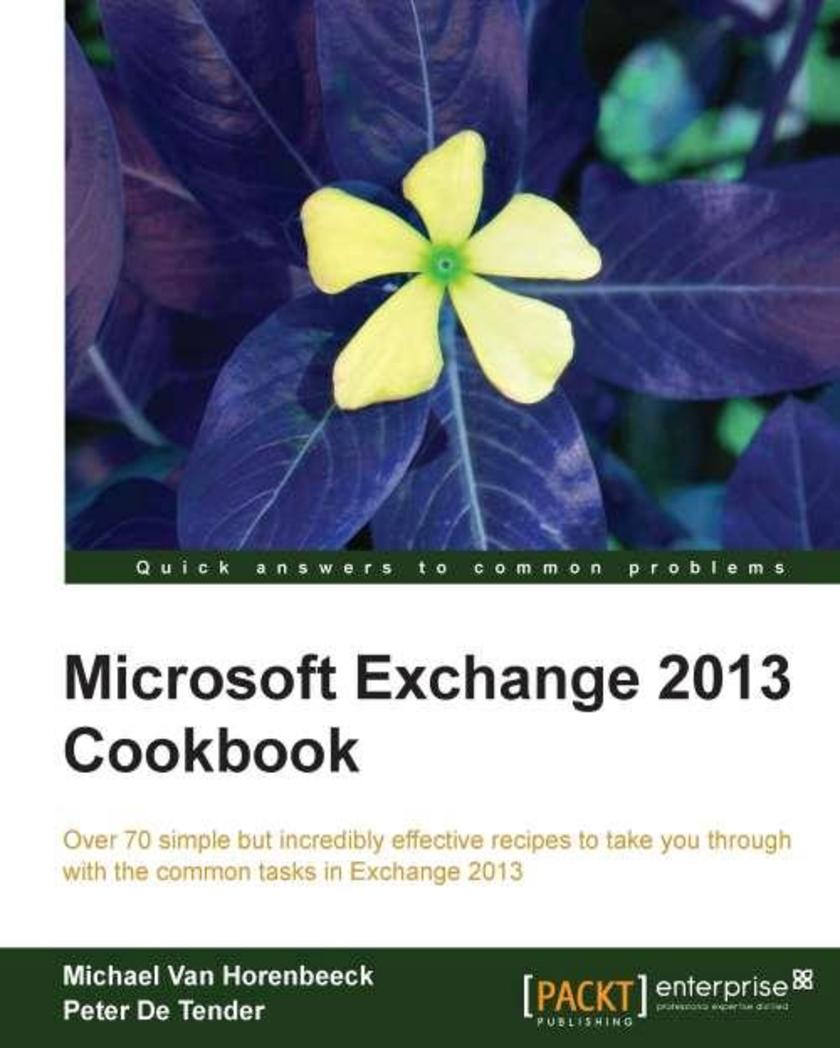
Microsoft Exchange 2013 Cookbook
¥90.46
This book is a practical, hands-on guide that provides the reader with a number of clear, step-by-step exercises."Microsoft Exchange 2013 Cookbook" is targeted at network administrators who deal with the Exchange server in their day-to-day jobs. It assumes you have some practical experience with previous versions of Exchange (although this is not a requirement), without being a subject matter expert.
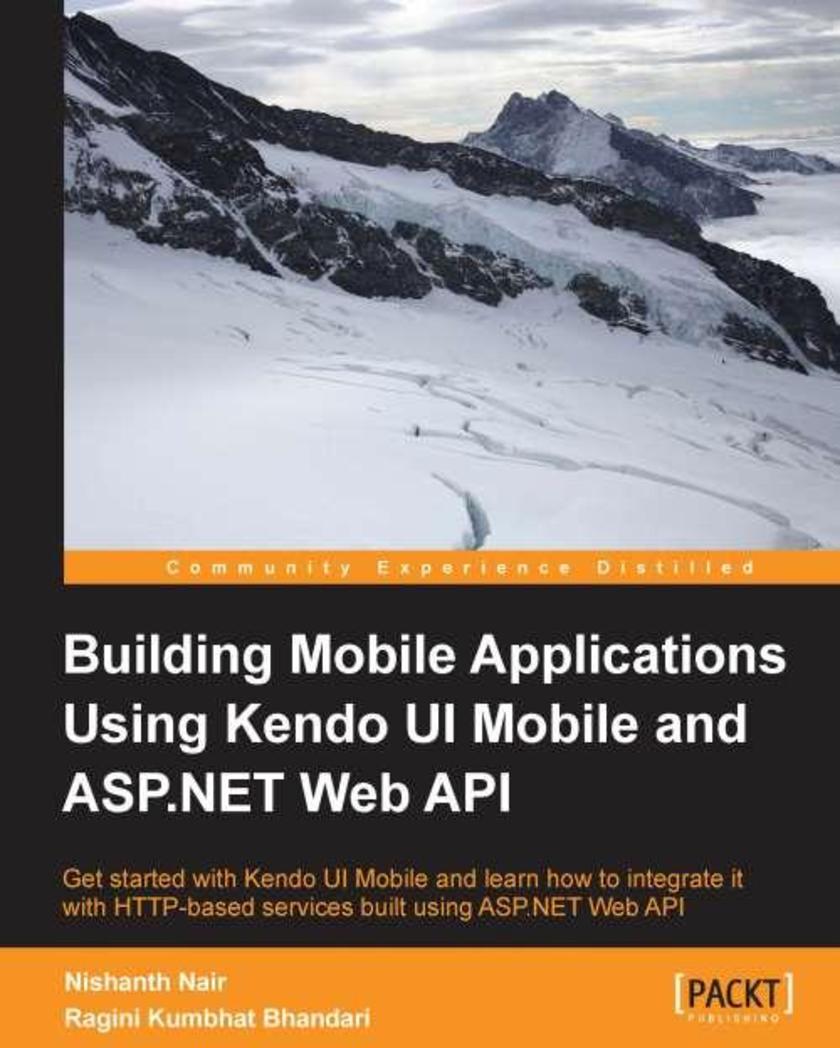
Building Mobile Applications Using Kendo UI Mobile and ASP.NET Web API
¥90.46
The Packt Beginner’s Guide format is designed to make you as comfortable as possible. Using practical examples, this guide will walk you through the ins and outs of web application development with easy step-by-step instructions.If you want to build your own application but don’t know where to start, then this is the book for you. With easy-to-follow, step-by-step and real-life examples, you will be building your own applications in a matter of weeks not years.
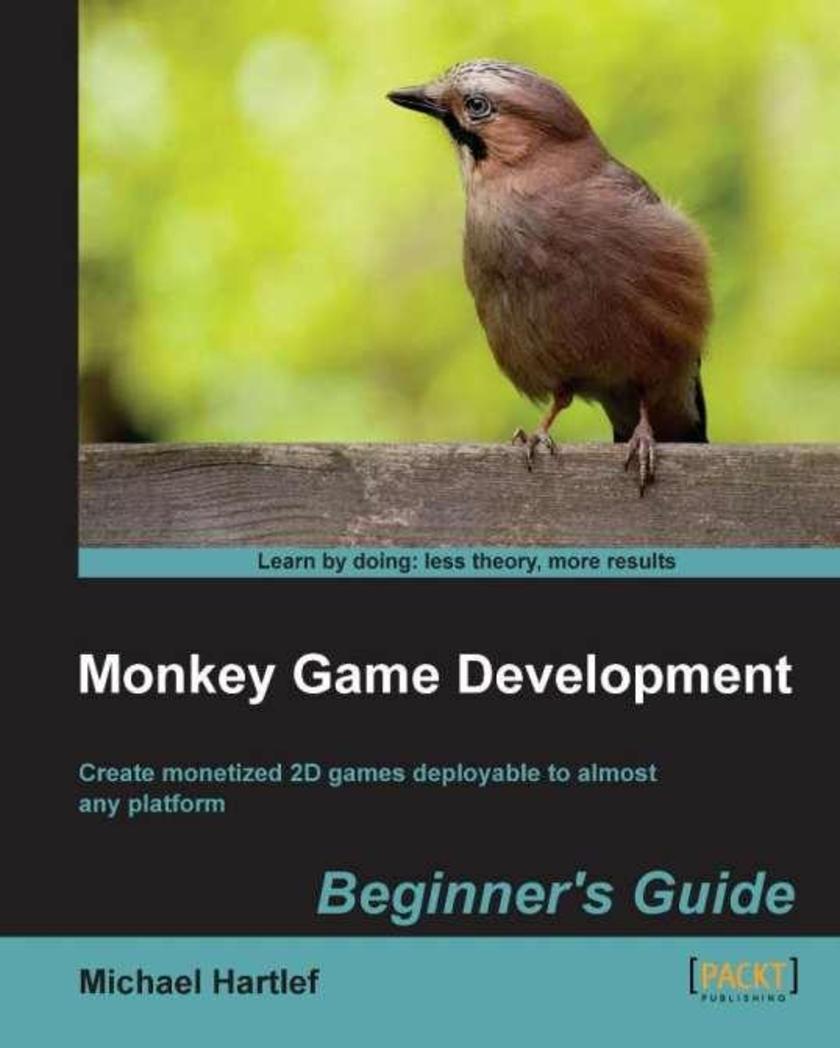
Monkey Game Development Beginners Guide
¥90.46
The first two chapters will provide you with grounding in Monkey. In each subsequent chapter you will create a complete game deployable to either iOS, Android, HTML5, FLASH, OSX, Windows and XNA. The last chapter will show you how to monetize the games so you can be commercially successful in the app development world. Do you want to quickly create games deployable to all the major desktop and mobile platforms?, if so look no further. You will learn how to utilize the highly versatile Monkey compiler to create 2d games deployable almost anywhere. No game development or programming experience is required.
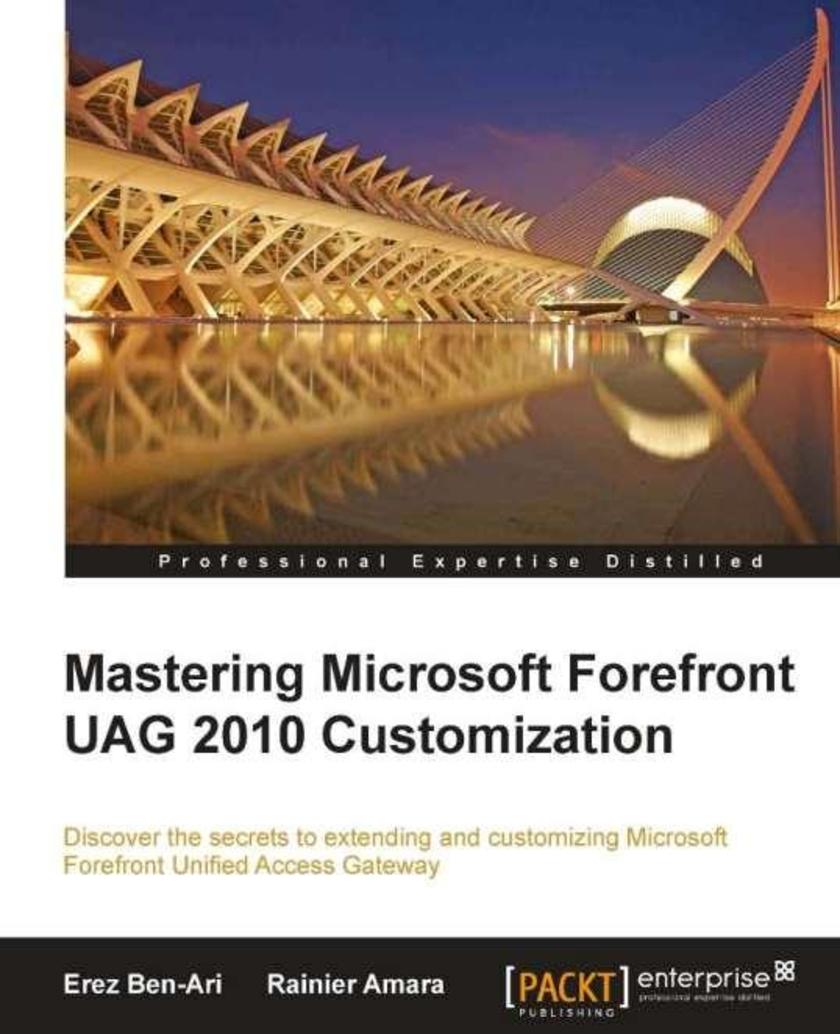
Mastering Microsoft Forefront UAG 2010 Customization
¥90.46
“Mastering Microsoft Forefront UAG 2010 Customization” is a hands-on guide with step-by-step instructions for enhancing the functionality of UAG through customization. Each topic details one key aspect of functionality and the operative mechanism behind it, and suggests functionality that can be achieved with customization, along with helpful code samples. Whether you are a seasoned UAG consultant, deployment and support engineer or a UAG customer, this book is for you. Consultants will be able to enhance the services you can provide for UAG customization, while the book helps customers to achieve tasks that have been restricted to the realm of expert consultants until now. You should have a strofng understanding of the regular functionality of UAG, as well as a solid background in web development (ASP, HTML, CSS and JavaScript) for this book to take you to the next level.

OpenGL 4.0 Shading Language Cookbook
¥90.46
This hands-on guide cuts short the preamble and gets straight to the point – actually creating graphics, instead of just theoretical learning. Each recipe is specifically tailored to satisfy your appetite for producing real-time 3-D graphics using GLSL 4.0. If you are an OpenGL programmer looking to use the modern features of GLSL 4.0 to create real-time, three-dimensional graphics, then this book is for you. Familiarity with OpenGL programming, along with the typical 3D coordinate systems, projections, and transformations is assumed. It can also be useful for experienced GLSL programmers who are looking to implement the techniques that are presented here.
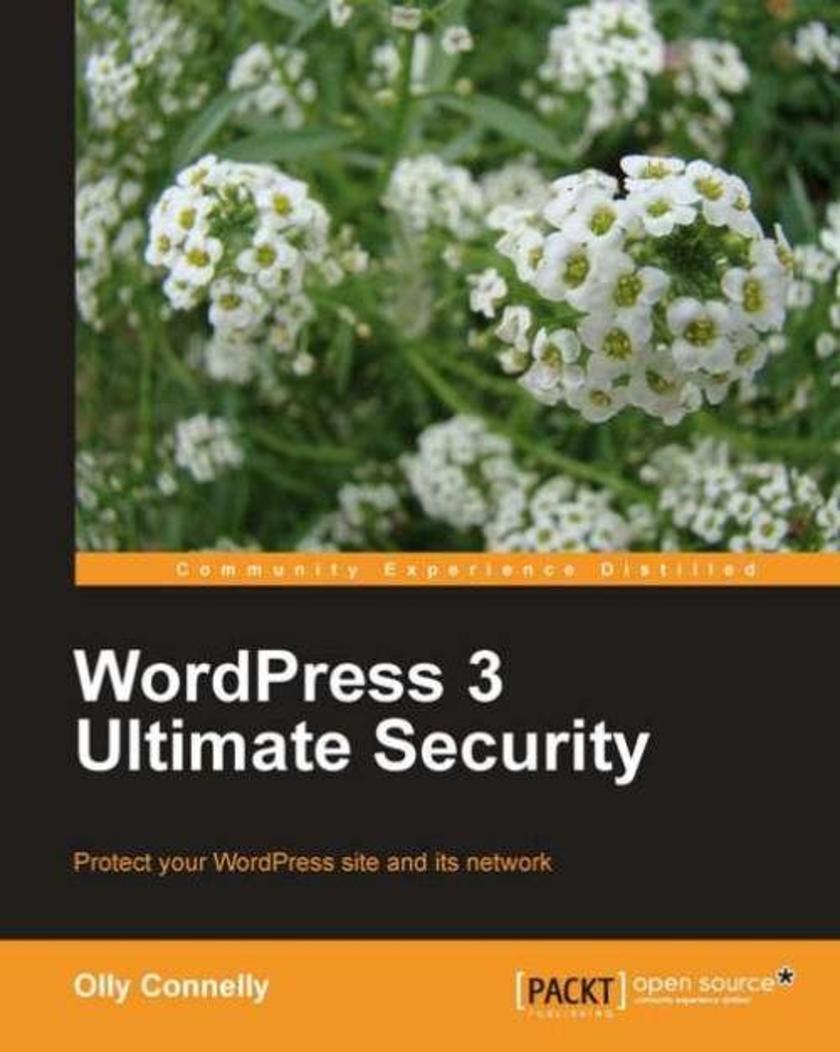
Wordpress 3 Ultimate Security
¥90.46
This is a comprehensive essential guide to WordPress security written in a light style, which converts learning a really serious topic to an enjoyable read. It is packed with copy-paste solutions to security to suit all levels of security know-how. Just as WordPress is used by a broad spectrum of website owners, with varying degrees of security know-how, so WordPress 3 Ultimate Security is written to be understood by security novices and web professionals alike. From site and server owners and administrators to members of their contributing team, this essential A to Z reference takes a complex and, let's face it, frankly dull subject and makes it accessible, encouraging, and sometimes even fun. Even if you are a total newbie to security, you can transform an insecure site into an iron-clad fortress, safeguarding your site users, your content and, sooner or later, your stress level.
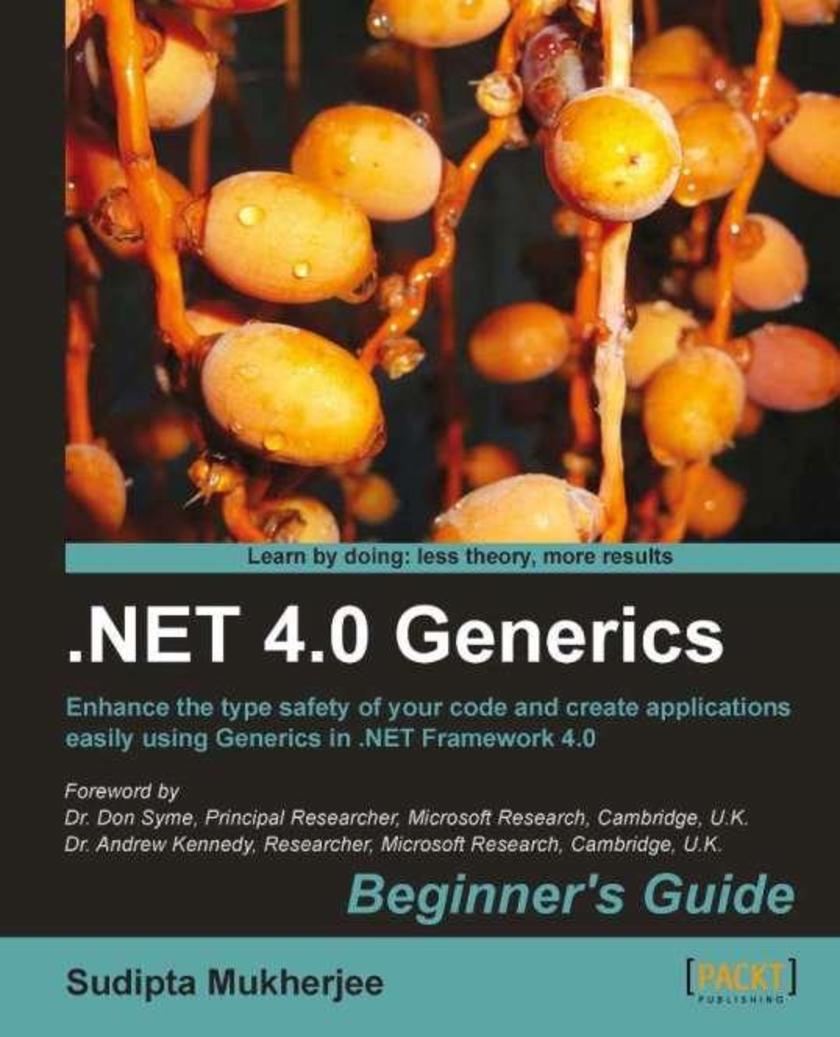
.NET 4.0 Generics
¥90.46
This book is aimed at beginners in Generics. It assumes some working knowledge of C# , but it isn’t mandatory.
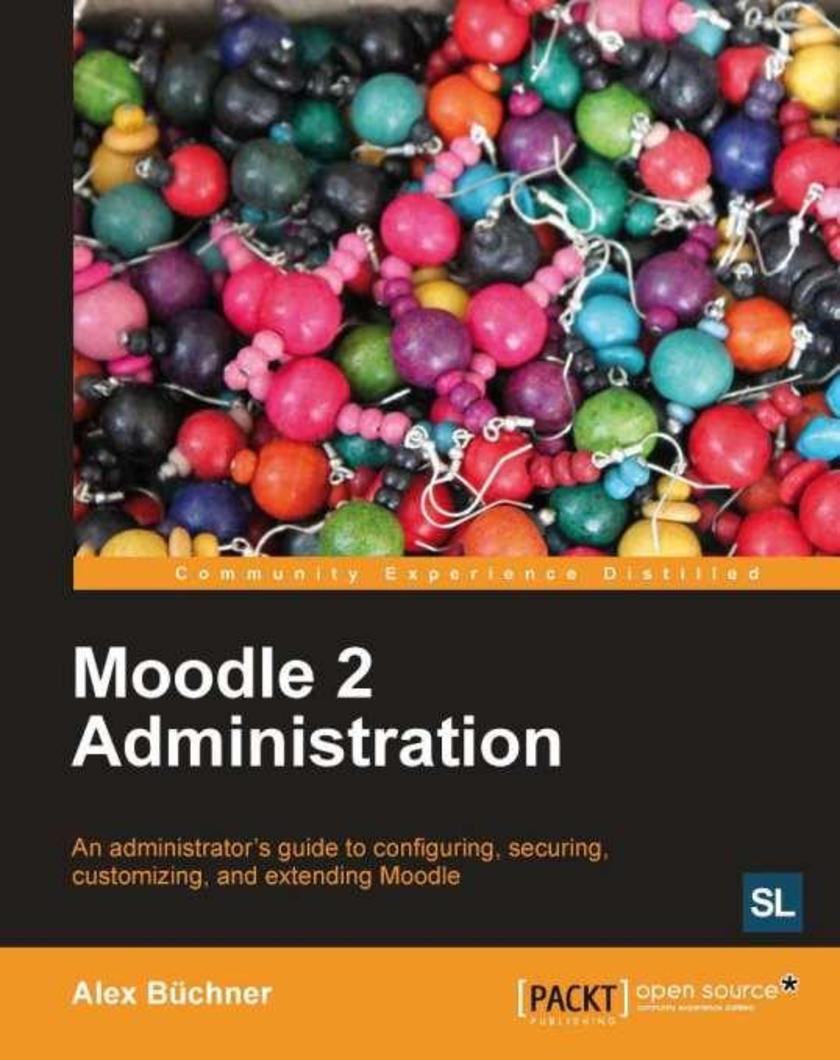
Moodle 2.0 Administration
¥90.46
Written in a clear, straightforward way with lots of screenshots and direct instructions, this book will equip you with all the tools you need to set up, optimize, extend, and maintain a Moodle system. A problem-solution approach has been taken when possible to bring the content more in line with your day-to-day operations. This book is written for technicians and systems administrators, as well as academic staff. Essentially anyone who has to administer a Moodle system. Whether you are dealing with a small-scale local Moodle system or a large-scale multi-site Virtual Learning Environment, this book will assist you with any administrative tasks. Some basic Moodle knowledge is helpful, but not essential.
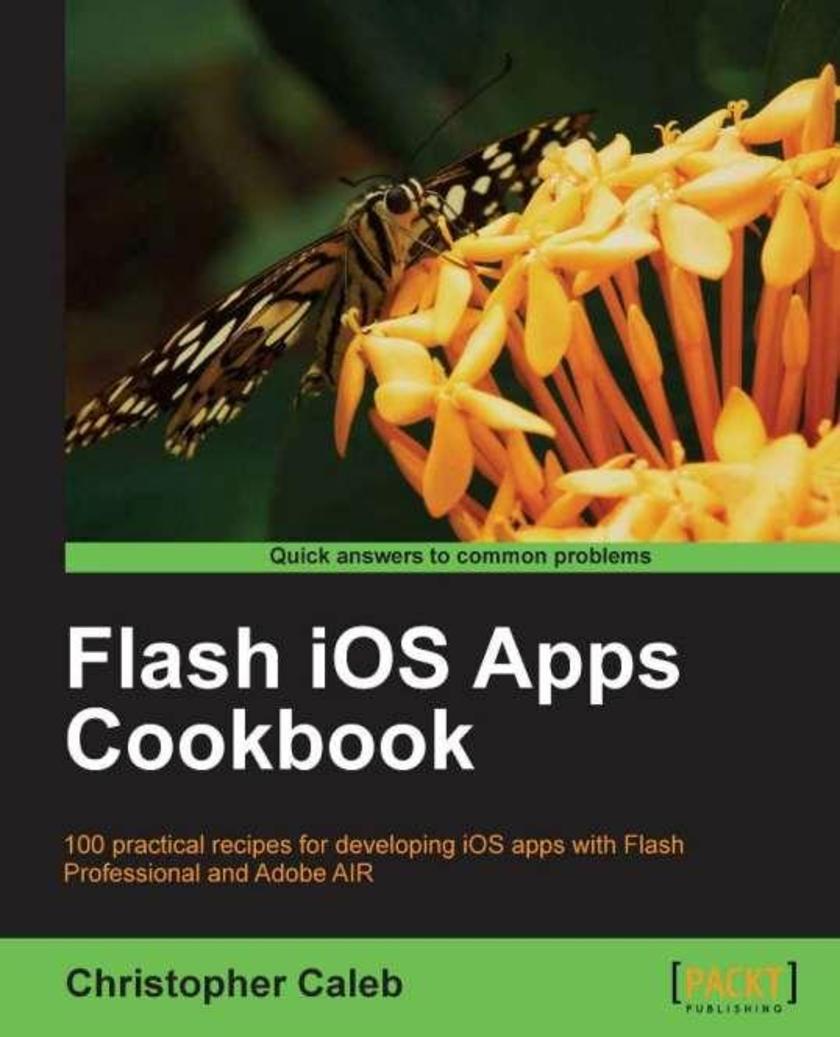
Flash iOS Apps Cookbook
¥90.46
The book is written in a cookbook style, presenting examples in the style of recipes, allowing you to go directly to your topic of interest, or follow topics throughout a chapter to gain in-depth knowledge. Flash developers or enthusiasts looking to build iOS apps using their existing Flash and ActionScript 3.0 skills.
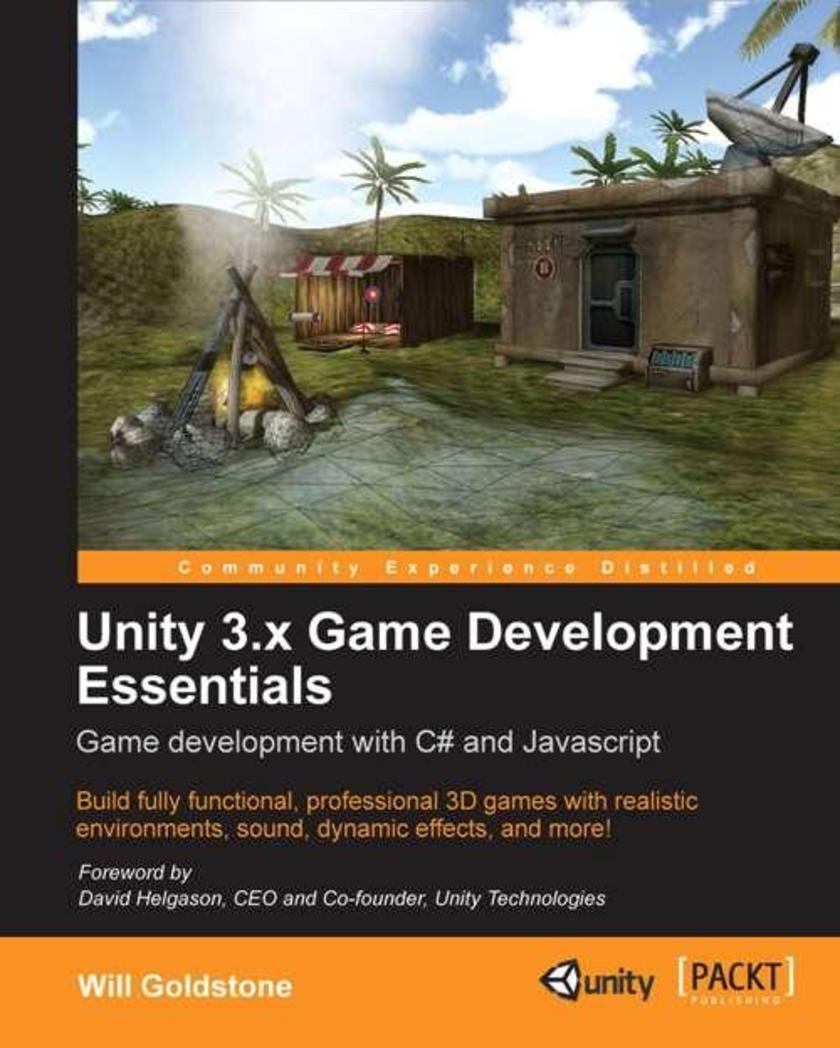
Unity 3.x Game Development Essentials
¥90.46
This book follows an informal, demystifying approach to the world of game development with the Unity game engine. With no prior knowledge of game development or 3D required, you will learn from scratch, taking each concept at a time working up to a full 3D mini-game. You'll learn *ing with C# or JavaScript and master the Unity development environment with easy-to-follow stepwise tasks. If you’re a designer or animator who wishes to take their first steps into game development or prototyping, or if you’ve simply spent many hours sitting in front of video games, with ideas bubbling away in the back of your mind, Unity and this book should be your starting point. No prior knowledge of game production is required, inviting you to simply bring with you a passion for making great games.
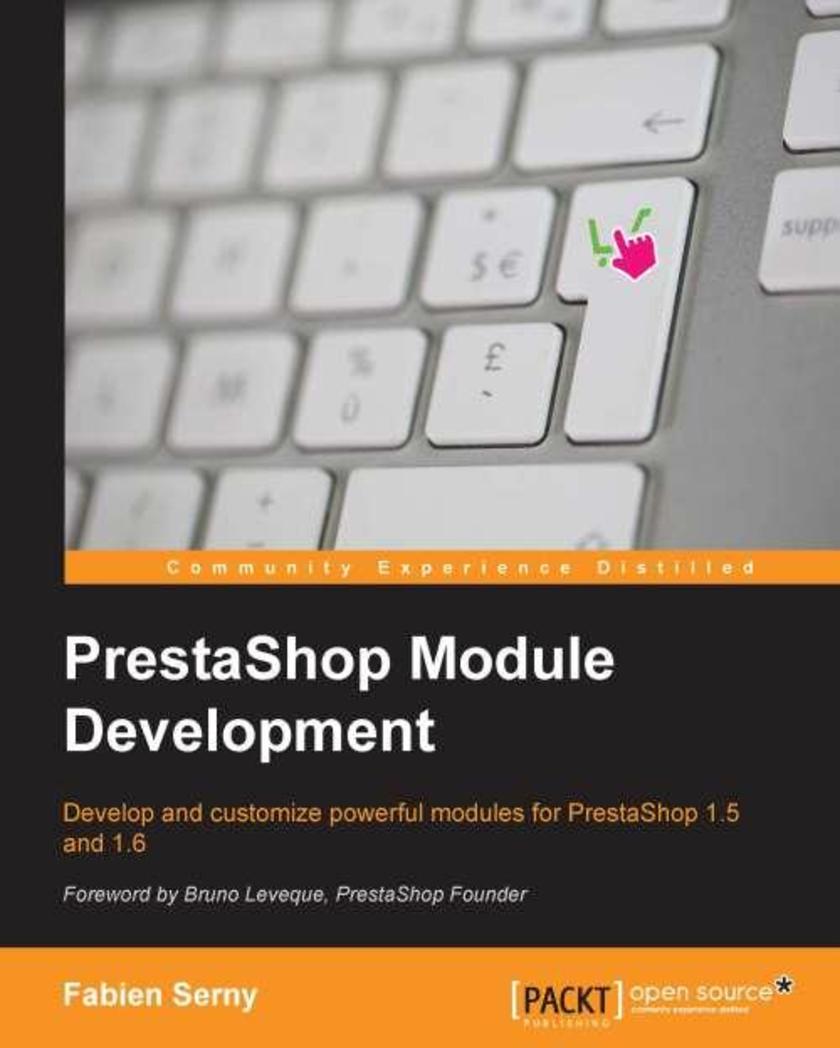
PrestaShop Module Development
¥90.46
If you are a developer who is new to PrestaShop and wants to get a good foundation in development on the PrestaShop framework, this book is for you. It's assumed that you will have some experience with PHP5, jQuery, and HTML/CSS (no need to be an expert on it).
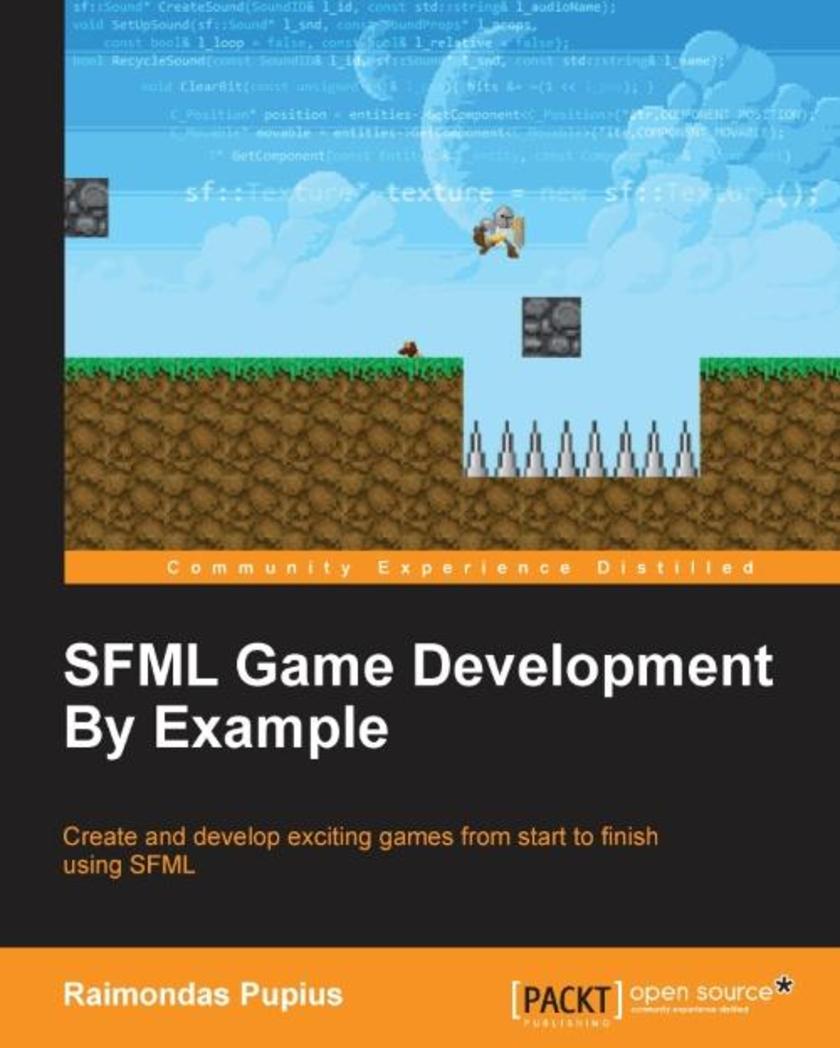
SFML Game Development By Example
¥90.46
Create and develop exciting games from start to finish using SFML About This Book Familiarize yourself with the SFML library and explore additional game development techniques Craft, shape, and improve your games with SFML and common game design elements A practical guide that will teach you how to use utilize the SFML library to build your own, fully functional applications Who This Book Is For This book is intended for game development enthusiasts with at least decent knowledge of the C++ programming language and an optional background in game design. What You Will Learn Create and open a window by using SFML Utilize, manage, and apply all of the features and properties of the SFML library Employ some basic game development techniques to make your game tick Build your own code base to make your game more robust and flexible Apply common game development and programming patterns to solve design problems Handle your visual and auditory resources properly Construct a robust system for user input and interfacing Develop and provide networking capabilities to your game< In Detail Simple and Fast Multimedia Library (SFML) is a simple interface comprising five modules, namely, the audio, graphics, network, system, and window modules, which help to develop cross-platform media applications. By utilizing the SFML library, you are provided with the ability to craft games quickly and easily, without going through an extensive learning curve. This effectively serves as a confidence booster, as well as a way to delve into the game development process itself, before having to worry about more advanced topics such as “rendering pipelines” or “shaders.” With just an investment of moderate C++ knowledge, this book will guide you all the way through the journey of game development. The book starts by building a clone of the classical snake game where you will learn how to open a window and render a basic sprite, write well-structured code to implement the design of the game, and use the AABB bounding box collision concept. The next game is a simple platformer with enemies, obstacles and a few different stages. Here, we will be creating states that will provide custom application flow and explore the most common yet often overlooked design patterns used in game development. Last but not the least, we will create a small RPG game where we will be using common game design patterns, multiple GUI. elements, advanced graphical features, and sounds and music features. We will also be implementing networking features that will allow other players to join and play together. By the end of the book, you will be an expert in using the SFML library to its full potential. Style and approach An elaborate take on the game development process in a way that compliments the reader’s existing knowledge, this book provides plenty of examples and is kind to the uninitiated. Each chapter builds upon the knowledge gained from the previous one and offers clarifications on common issues while still remaining within the scope of its own subject and retaining clarity.
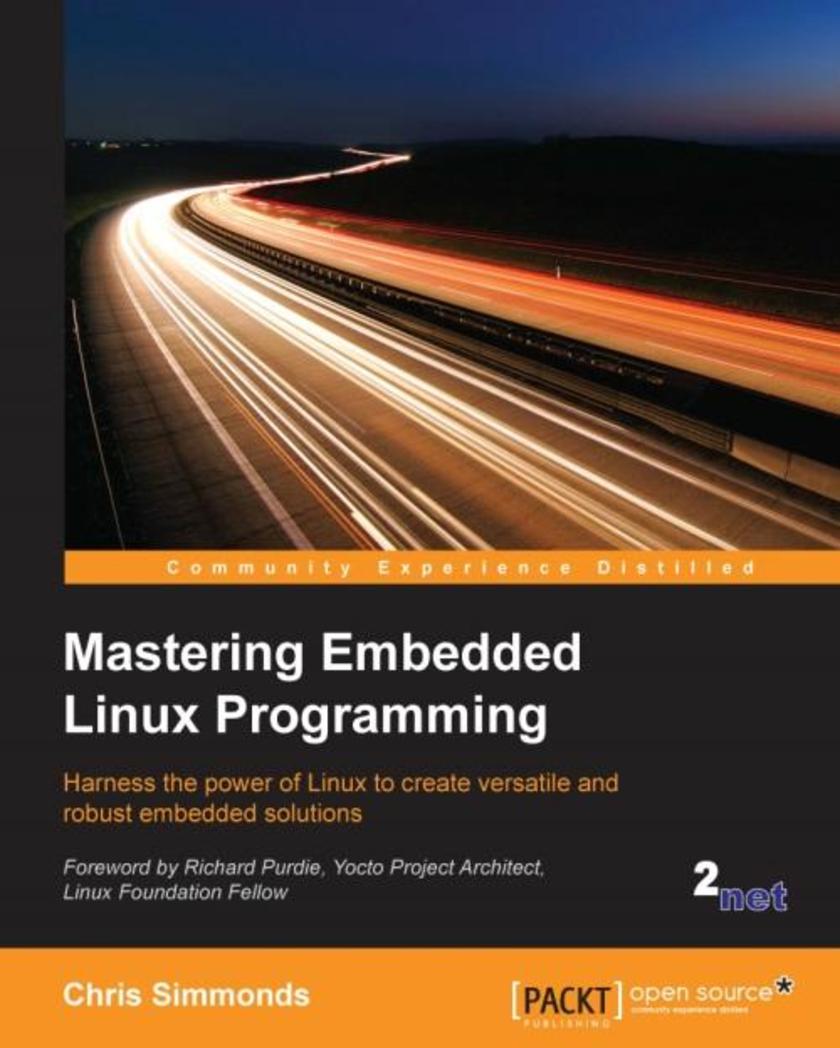
Mastering Embedded Linux Programming
¥90.46
Harness the power of Linux to create versatile and robust embedded solutions About This Book Create efficient and secure embedded devices using Linux Minimize project costs by using open source tools and programs Explore each component technology in depth, using sample implementations as a guide Who This Book Is For This book is ideal for Linux developers and system programmers who are already familiar with embedded systems and who want to know how to create best-in-class devices. A basic understanding of C programming and experience with systems programming is needed. What You Will Learn Understand the role of the Linux kernel and select an appropriate role for your application Use Buildroot and Yocto to create embedded Linux systems quickly and efficiently Create customized bootloaders using U-Boot Employ perf and ftrace to identify performance bottlenecks Understand device trees and make changes to accommodate new hardware on your device Write applications that interact with Linux device drivers Design and write multi-threaded applications using POSIX threads Measure real-time latencies and tune the Linux kernel to minimize them In Detail Mastering Embedded Linux Programming takes you through the product cycle and gives you an in-depth de*ion of the components and options that are available at each stage. You will begin by learning about toolchains, bootloaders, the Linux kernel, and how to configure a root filesystem to create a basic working device. You will then learn how to use the two most commonly used build systems, Buildroot and Yocto, to speed up and simplify the development process. Building on this solid base, the next section considers how to make best use of raw NAND/NOR flash memory and managed flash eMMC chips, including mechanisms for increasing the lifetime of the devices and to perform reliable in-field updates. Next, you need to consider what techniques are best suited to writing applications for your device. We will then see how functions are split between processes and the usage of POSIX threads, which have a big impact on the responsiveness and performance of the final device The closing sections look at the techniques available to developers for profiling and tracing applications and kernel code using perf and ftrace. Style and approach This book is an easy-to-follow and pragmatic guide consisting of an in-depth analysis of the implementation of embedded devices. Each topic has a logical approach to it; this coupled with hints and best practices helps you understand embedded Linux better.
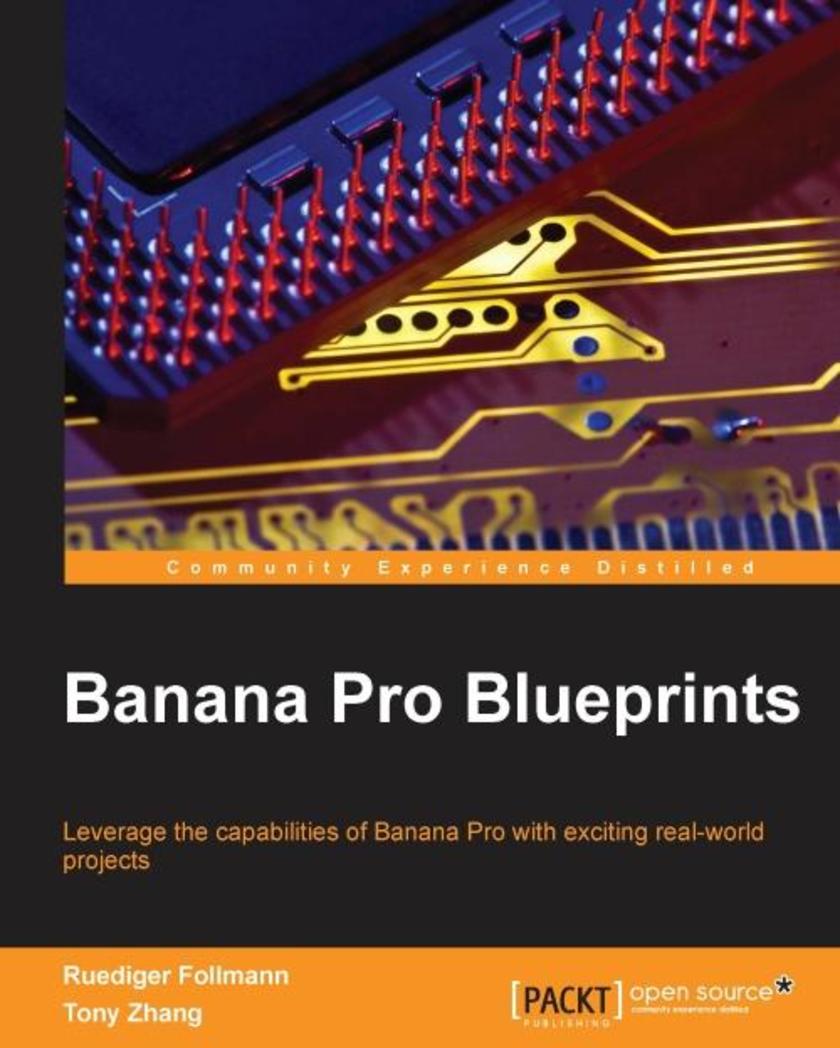
Banana Pro Blueprints
¥90.46
Leverage the capability of Banana Pi with exciting real-world projects About This Book Delve into the expanse of Banana Pi’s self-managing functionalities and develop real-world projects Gain hands-on experience of developing various wireless, multimedia, robotic, and sensor-based applications with Banana Pi Develop your applications using Banana Pi through a project-based approach Who This Book Is For This book is designed for those who are interested in exploring the capabilities of Banana Pro. Basic know-how of Linux and embedded systems would be an added advantage. What You Will Learn Remotely connect to Banana Pro and program the embedded board Use Banana Pro as a hotspot or provide an AirPlay server for wireless audio transmission Find out about the different programming languages that can be used with Banana Pro Build and program your own multimedia centre in order to watch television and movies Connect peripherals such as a camera, LCD, or hard disk to Banana Pro Manage and regulate your Linux system with Banana Pro Stream music wirelessly from your mobile phone to Banana Pro In Detail This book follows a tactical plan that will guide you through the implementation of Banana Pro and its configurations. You will then learn the various programming languages used with Banana Pi with the help of examples. In no time at all, you’ll be working on a wireless project that implements AirPlay servers, hotspots, and so on. Following this, you’ll develop a retro-style arcade kiosk game. Then we’ll move on to explore the multimedia features of Banana Pro by designing and building an enclosure for it. After this, you’ll learn to build a remote-controlled smart car and we’ll examine how to control a robotic arm. The book will conclude with the creation of a home sensor system that has the ability to expand or shrink to suit any home. Style and approach This book follows a project-based approach that covers the most important features of Banana Pro. Every chapter dives into the practical side of the implementation.
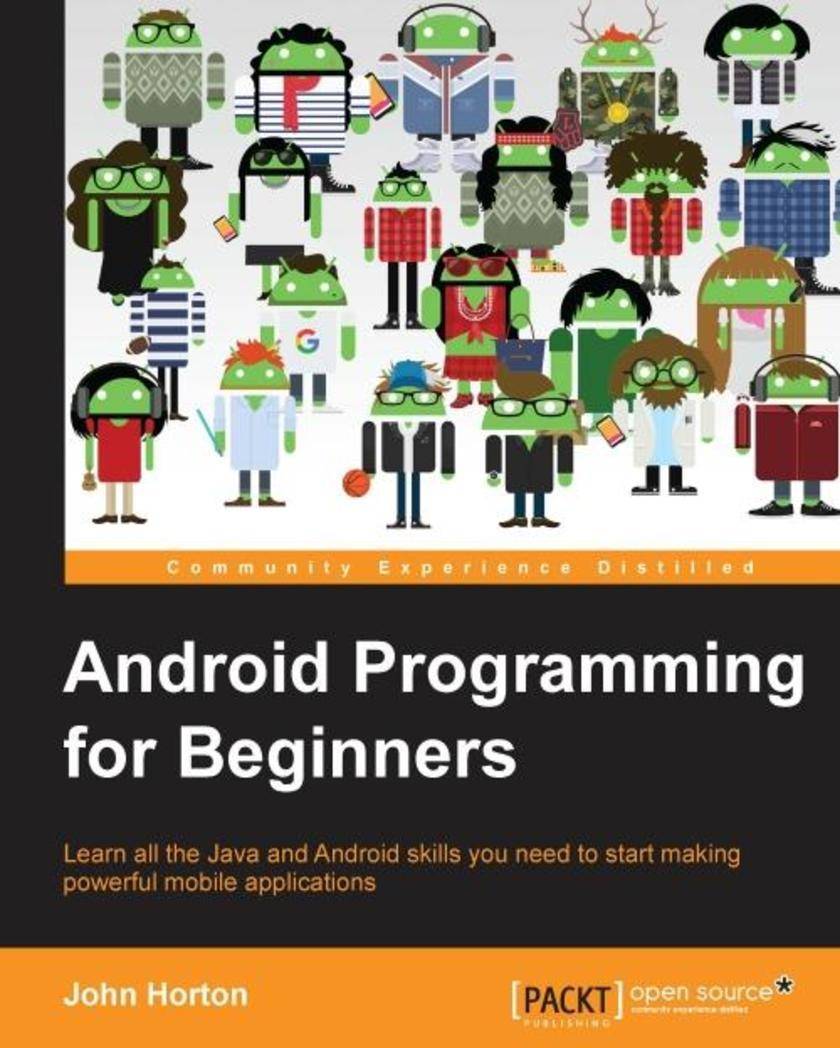
Android Programming for Beginners
¥90.46
Learn all the Java and Android skills you need to start making powerful mobile applications About This Book Kick-start your Android programming career, or just have fun publishing apps to the Google Play marketplace A first-principles introduction to Java, via Android, which means you’ll be able to start building your own applications from scratch Learn by example and build three real-world apps and over 40 mini apps throughout the book Who This Book Is For Are you trying to start a career in programming, but haven’t found the right way inDo you have a great idea for an app, but don’t know how to make it a realityOr maybe you’re just frustrated that “to learn Android, you must know java.” If so, Android Programming for Beginners is for you. You don’t need any programming experience to follow along with this book, just a computer and a sense of adventure. What You Will Learn Master the fundamentals of coding Java for Android Install and set up your Android development environment Build functional user interfaces with the Android Studio visual designer Add user interaction, data captures, sound, and animation to your apps Manage your apps’ data using the built-in Android SQLite database Find out about the design patterns used by professionals to make top-grade applications Build, deploy, and publish real Android applications to the Google Play marketplace In Detail Android is the most popular OS in the world. There are millions of devices accessing tens of thousands of applications. It is many people's entry point into the world of technology; it is an operating system for everyone. Despite this, the entry-fee to actually make Android applications is usually a computer science degree, or five years’ worth of Java experience. Android Programming for Beginners will be your companion to create Android applications from scratch—whether you’re looking to start your programming career, make an application for work, be reintroduced to mobile development, or are just looking to program for fun. We will introduce you to all the fundamental concepts of programming in an Android context, from the Java basics to working with the Android API. All examples are created from within Android Studio, the official Android development environment that helps supercharge your application development process. After this crash-course, we’ll dive deeper into Android programming and you’ll learn how to create applications with a professional-standard UI through fragments, make location-aware apps with Google Maps integration, and store your user’s data with SQLite. In addition, you’ll see how to make your apps multilingual, capture images from a device’s camera, and work with graphics, sound, and animations too. By the end of this book, you’ll be ready to start building your own custom applications in Android and Java. Style and approach With more than 40 mini apps to code and run, Android Programming for Beginners is a hands-on guide to learning Android and Java. Each example application demonstrates a different aspect of Android programming. Alongside these mini apps, we push your abilities by building three larger applications to demonstrate Android application development in context.
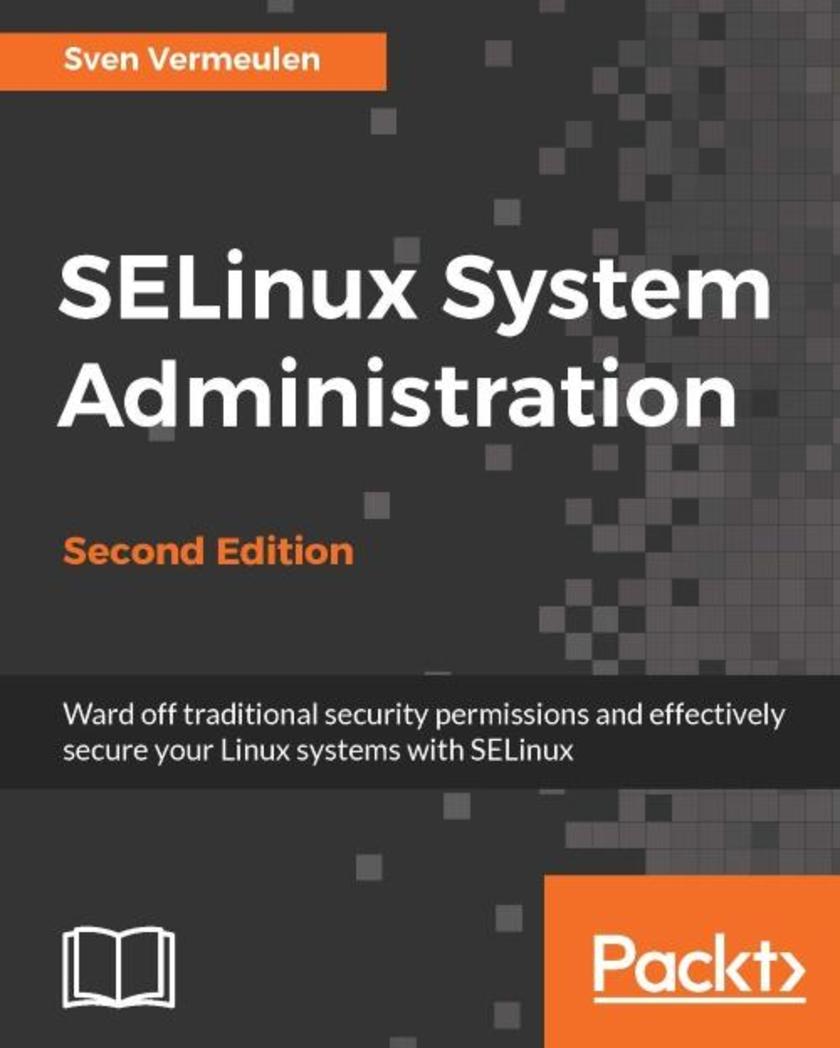
SELinux System Administration - Second Edition
¥90.46
Ward off traditional security permissions and effectively secure your Linux systems with SELinux About This Book Leverage SELinux to improve the secure state of your Linux system A clear approach to adopting SELinux within your organization Essential skills and techniques to help further your system administration career Who This Book Is For This book is for Linux administrators who want to control the secure state of their systems. It’s packed with the latest information on SELinux operations and administrative procedures so you’ll be able to further harden your system through mandatory access control (MAC) – a security strategy that has been shaping Linux security for years. What You Will Learn Analyze SELinux events and selectively enable or disable SELinux enforcement Manage Linux users and associate them with the right role and permission set Secure network communications through SELinux access controls Tune the full service flexibility by dynamically assigning resource labels Handle SELinux access patterns enforced through the system Query the SELinux policy in depth In Detail Do you have the crucial job of protecting your private and company systems from malicious attacks and undefined application behaviorAre you looking to secure your Linux systems with improved access controlsLook no further, intrepid administrator! This book will show you how to enhance your system’s secure state across Linux distributions, helping you keep application vulnerabilities at bay. This book covers the core SELinux concepts and shows you how to leverage SELinux to improve the protection measures of a Linux system. You will learn the SELinux fundamentals and all of SELinux’s configuration handles including conditional policies, constraints, policy types, and audit capabilities. These topics are paired with genuine examples of situations and issues you may come across as an administrator. In addition, you will learn how to further harden the virtualization offering of both libvirt (sVirt) and Docker through SELinux. By the end of the book you will know how SELinux works and how you can tune it to meet your needs. Style and approach This book offers a complete overview of SELinux administration and how it integrates with other components on a Linux system. It covers the majority of SELinux features with a mix of real life scenarios, de*ions, and examples. This book contains everything an administrator needs to customize SELinux.
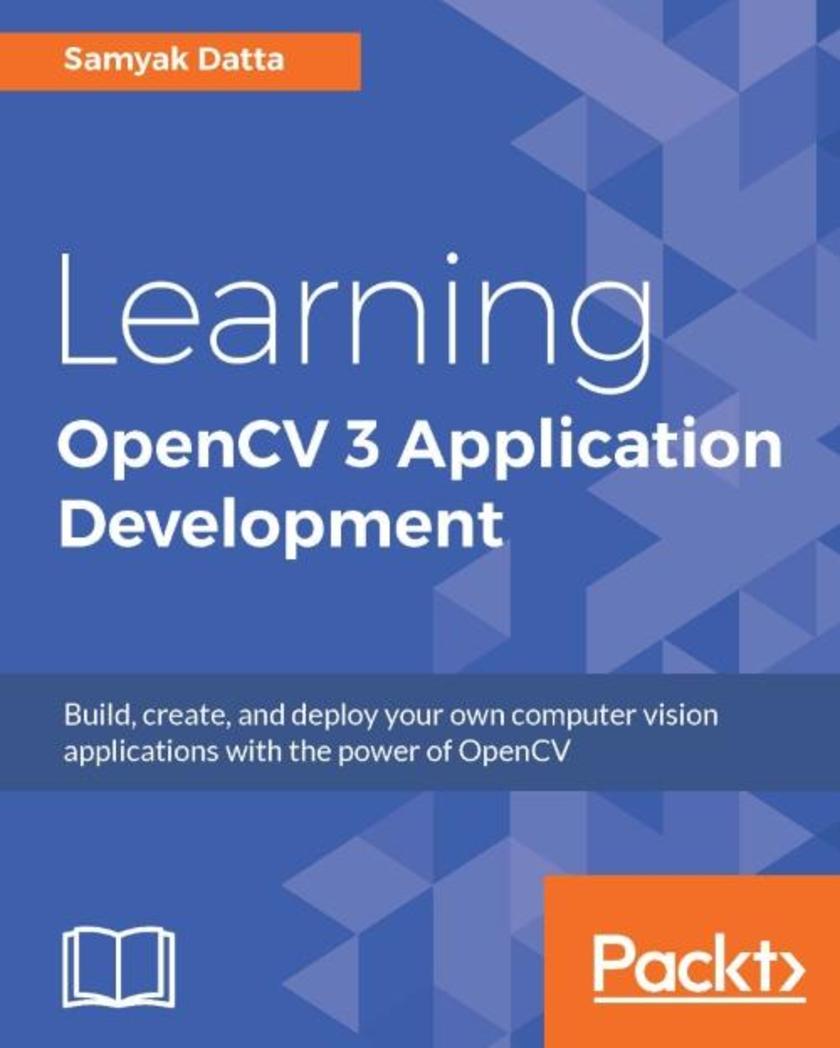
Learning OpenCV 3 Application Development
¥90.46
Build, create, and deploy your own computer vision applications with the power of OpenCV About This Book This book provides hands-on examples that cover the major features that are part of any important Computer Vision application It explores important algorithms that allow you to recognize faces, identify objects, extract features from images, help your system make meaningful predictions from visual data, and much more All the code examples in the book are based on OpenCV 3.1 – the latest version Who This Book Is For This is the perfect book for anyone who wants to dive into the exciting world of image processing and computer vision. This book is aimed at programmers with a working knowledge of C++. Prior knowledge of OpenCV or Computer Vision/Machine Learning is not required. What You Will Learn Explore the steps involved in building a typical computer vision/machine learning application Understand the relevance of OpenCV at every stage of building an application Harness the vast amount of information that lies hidden in images into the apps you build Incorporate visual information in your apps to create more appealing software Get acquainted with how large-scale and popular image editing apps such as Instagram work behind the scenes by getting a glimpse of how the image filters in apps can be recreated using simple operations in OpenCV Appreciate how difficult it is for a computer program to perform tasks that are trivial for human beings Get to know how to develop applications that perform face detection, gender detection from facial images, and handwritten character (digit) recognition In Detail Computer vision and machine learning concepts are frequently used in practical computer vision based projects. If you’re a novice, this book provides the steps to build and deploy an end-to-end application in the domain of computer vision using OpenCV/C++. At the outset, we explain how to install OpenCV and demonstrate how to run some simple programs. You will start with images (the building blocks of image processing applications), and see how they are stored and processed by OpenCV. You’ll get comfortable with OpenCV-specific jargon (Mat Point, Scalar, and more), and get to know how to traverse images and perform basic pixel-wise operations. Building upon this, we introduce slightly more advanced image processing concepts such as filtering, thresholding, and edge detection. In the latter parts, the book touches upon more complex and ubiquitous concepts such as face detection (using Haar cascade classifiers), interest point detection algorithms, and feature de*ors. You will now begin to appreciate the true power of the library in how it reduces mathematically non-trivial algorithms to a single line of code! The concluding sections touch upon OpenCV’s Machine Learning module. You will witness not only how OpenCV helps you pre-process and extract features from images that are relevant to the problems you are trying to solve, but also how to use Machine Learning algorithms that work on these features to make intelligent predictions from visual data! Style and approach This book takes a very hands-on approach to developing an end-to-end application with OpenCV. To avoid being too theoretical, the de*ion of concepts are accompanied simultaneously by the development of applications. Throughout the course of the book, the projects and practical, real-life examples are explained and developed step by step in sync with the theory.
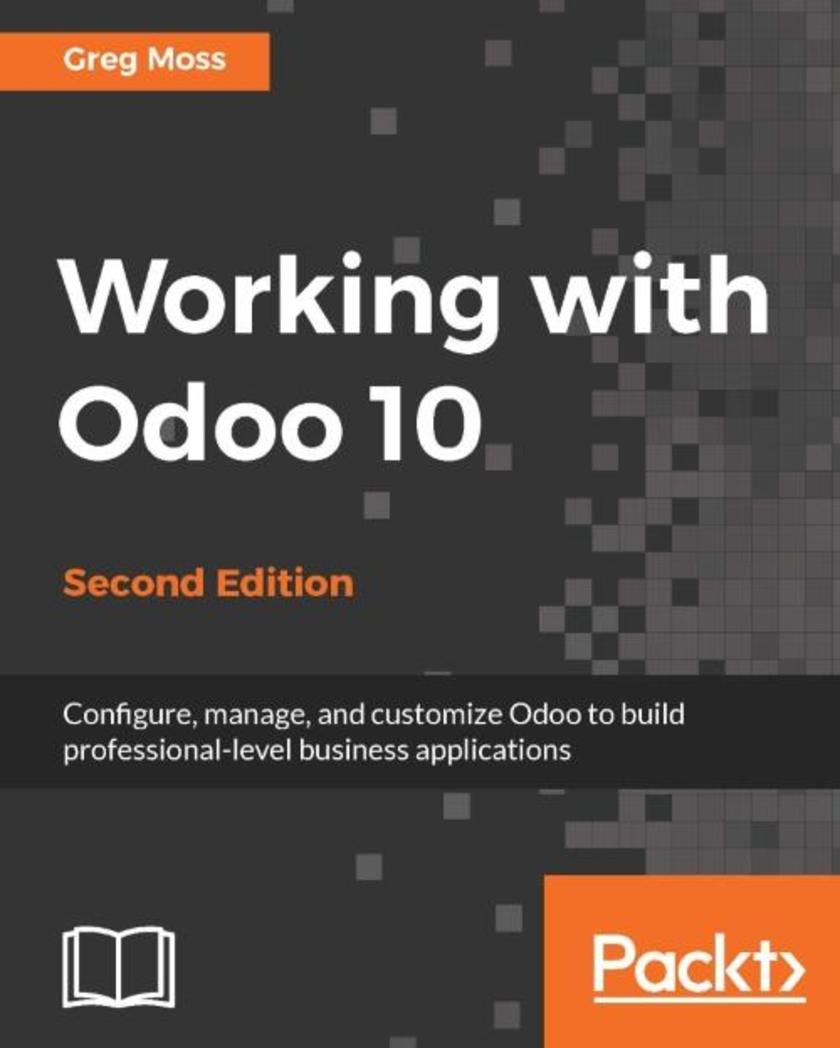
Working with Odoo 10 - Second Edition
¥90.46
Configure, manage, and customize Odoo to build professional-level business applications About This Book Build an Odoo module and integrate it with other platforms through this practical guide This book is the perfect companion to help you customize your Odoo installations for your enterprise requirements Use project management along with analytics for better reporting Who This Book Is For This book is for those who have not used Odoo before, allowing you to learn advanced-level features with Odoo such as creating your own custom modules. You do not need any knowledge of Odoo. What You Will Learn Configure a functioning customer relationship management system Set up a purchasing and receiving system Implement manufacturing operations and processes using real-world examples Discover the capabilities of Odoo's financial accounting and reporting features Integrate powerful human resource applications Utilize Odoo's project management application to organize tasks Customize Odoo without writing a line a code In Detail Odoo is a comprehensive set of open-source enterprise management applications. Now with Odoo 10, you have access to a powerful website builder, integrated e-commerce features, and a fast-growing community to help transform and modernize your business. You will start with how to set up Odoo online and on your own server. You’ll then configure the basic company settings required to quickly getting your first Odoo system up and running. Later you’ll explore Customer Relationship Management in Odoo and and their importance in today's modern business environment. Next we will deep dive into purchasing application with Odoo and learn some of the primary functionalities of ERP systems for manufacturing operations. You will then use analytic accounting to provide better reporting. Finally you will walk through the recent Odoo 10 features with respect to the community and enterprise edition giving you complete understanding of what Odoo can do for you no matter the reason! Style and approach This fast-paced, step-by-step guide will show you everything you need to know about the Odoo module ecosystem through practical and real-world examples.
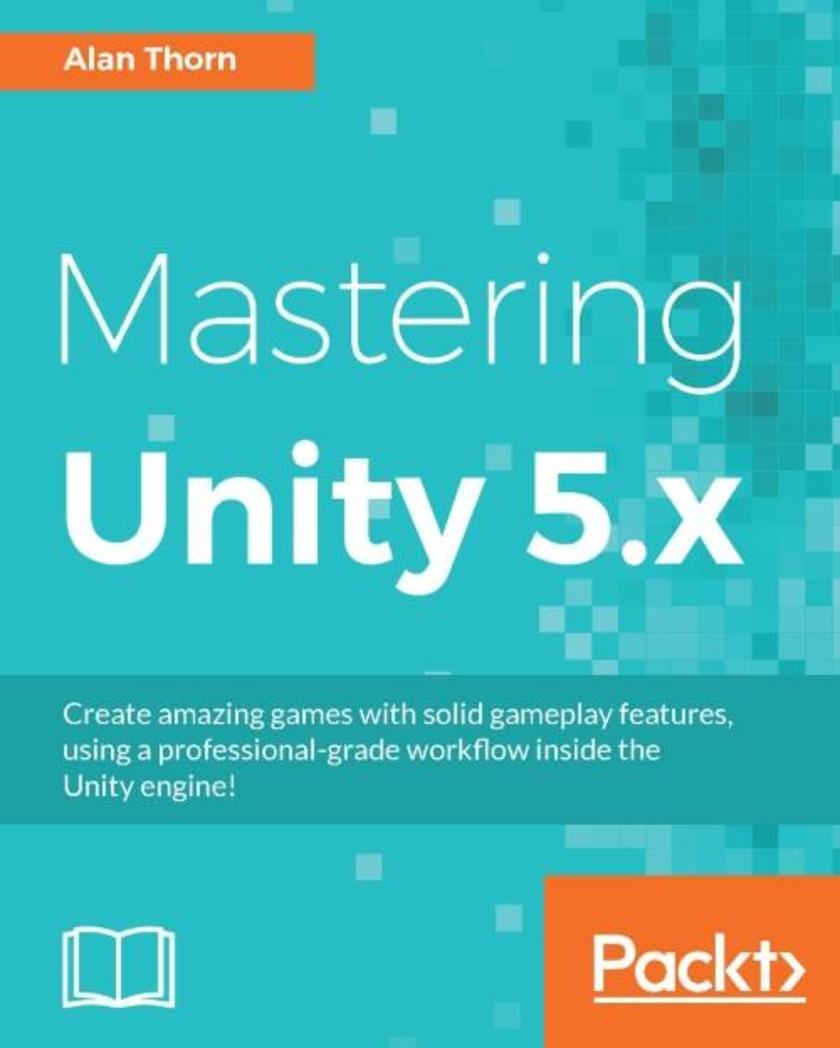
Mastering Unity 5.x
¥90.46
Create amazing games with solid gameplay features, using a professional-grade workflow inside the Unity engine! About This Book Become a Unity master by creating a practical, in-depth game-development project with Unity Use advanced C# *ing to unlock the complete potential of Unity 5 Use Version Control to Effectively Manage and Scale your workflow Who This Book Is For If you are a Unity developer who now wants to develop and deploy interesting games by leveraging the new features of Unity 5.x, then this is the book for you. Basic knowledge of C# programming is assumed. What You Will Learn Explore hands-on tasks and real-world scenarios to make a Unity horror adventure game Create enemy characters that act intelligently and make reasoned decisions Use data files to save and restore game data in a way that is platform-agnostic Get started with VR development Use Navigation Meshes, Occlusion Culling, and the Profiler tools Work confidently with GameObjects, Rotations, and Transformations Understand specific gameplay features such as AI enemies, inventory systems, and level design In Detail Do you want to take the leap from being an everyday Unity developer to being a pro game developerThen look no further! This book is your one stop solution to creating mesmerizing games with lifelike features and amazing gameplay. This book takes an in-depth focus on a practical project with Unity, building a first-person game with many features. You’ll dive deep into the architecture of a Unity game, creating expansive worlds, interesting render effects, and other features to make your games special. You will create individual game components, use efficient animation techniques, and implement collision and physics effectively. Specifically, we’ll explore optimal techniques for importing game assets, such as meshes and textures; tips and tricks for effective level design; how to animate and * NPCs; how to configure and deploy to mobile devices; how to prepare for VR development; and how to work with version control, and more. By the end of this book, you’ll have developed sufficient competency in Unity development to produce fun games with confidence. Style and approach This book takes a step-by-step, practical tutorial approach. You will create an advanced level Unity game with an emphasis on leveraging the advanced Unity 5 features. You will make the most of the Unity 5 advanced features while you develop the game in its entirety.

NHibernate 4.x Cookbook - Second Edition
¥90.46
Over 90 incredible and powerful recipes to help you efficiently use NHibernate in your application About This Book · Master the full range of NHibernate features through detailed example recipes that you can quickly apply to your own applications· Reduce hours of application development time and get a better application architecture and improved performance· Create, maintain, and update your database structure automatically with the help of NHibernate Who This Book Is For This book is written for .NET developers who want to use NHibernate and those who want to deepen their knowledge of the platform. Examples are written in C# and XML. Some basic knowledge of SQL is assumed. If you build .NET applications that use relational databases, this book is for you. What You Will Learn · Create a persistent object model to move data in and out of your database· Build the database from your model automatically· Configure NHibernate for use with WebForms, MVC, WPF, and WinForms applications· Create database queries using a variety of methods· Improve the performance of your applications using a variety of techniques· Build an infrastructure for fast, easy, test-driven development of your data access layer· Implement entity validation, auditing, full-text search, horizontal partitioning (sharding), and spatial queries using NHibernate Contrib projects In Detail NHibernate is a mature, flexible, scalable, and feature-complete open source project for data access. Although it sounds like an easy task to build and maintain database applications, it can be challenging to get beyond the basics and develop applications that meet your needs perfectly. NHibernate allows you to use plain SQL and stored procedures less and keep focus on your application logic instead. Learning the best practices for a NHibernate-based application will help you avoid problems and ensure that your project is a success. The book will take you from the absolute basics of NHibernate through to its most advanced features, showing you how to take full advantage of each concept to quickly create amazing database applications. You will learn several techniques for each of the four core NHibernate tasks—configuration, mapping, session and transaction management, and querying—and which techniques fit best with various types of applications. In short, you will be able to build an application using NHibernate by the end of the book. You will also learn how to best implement enterprise application architecture patterns using NHibernate, leading to clean, easy-to-understand code and increased productivity. In addition to new features, you will learn creative ways to extend the NHibernate core, as well as gaining techniques to work with the NHibernate search, shards, spatial, envers, and validation projects. Style and approach This book contains recipes with examples organized in functional areas, each containing step-by-step instructions on everything necessary to execute a particular task. The book is designed so you can read it from start to end or just open up any chapter and start following the recipes.




 购物车
购物车 个人中心
个人中心



